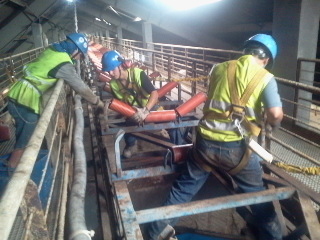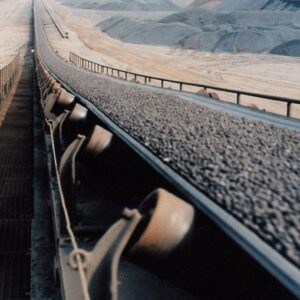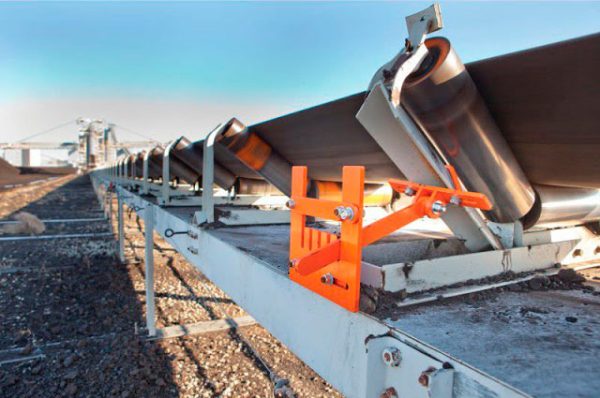Breaks in structural components of a conveyor belt mean one thing: lack of planning in the maintenance of conveyor belts.
The need to maintain the conveyor belt
Although good preventative maintenance occurs before any signs of wear on the conveyor belt, it may give some clues as to when parts need to be replaced before the entire system collapses and unplanned means of production.
Signs of urgency in the maintenance of the industrial conveyor belt
- excessive vibration;
- electric shocks;
- decreased transport capacity;
- oil leaks;
- accidents;
- unusual noises
Preventive maintenance of the industrial conveyor belt
When preventive maintenance of the conveyor belt is applied there are no part breaks during the process, or at least not so much. The reason for replacing parts before they break “in surprise” and then, ultimately, responsible for maintaining a constant in the company’s revenue and, consequently, profits, that would not be impacted by undesirable stops in production, that would include analysis time for the discovery of the problem, as well as purchase and installation. Which would obviously be a reduced time if in advance planned preventive maintenance of the industrial conveyor belt.
Preventive maintenance operates in accordance with an anticipated schedule, with periodic production process stops, with inspections and component changes before they wear out completely. It respects the life of each piece of an industrial conveyor, taking into account the pre-sizing of this.
Preventive maintenance of the conveyor belt is based on data previously collected by a reliable engineering team based on quality tests that take into account the resistance of the various materials used in the conveyor belt conveyor.
Corrective maintenance of the industrial conveyor belt
Already the corrective maintenance of industrial equipment is done in an emergency, represents the famous “put out a fire.” This procedure, as already mentioned, involves finding out what the problem is and waiting for the various steps necessary for it to be corrected, which usually demands parts that are not in stock and makes production unplanned unscheduled. Moreover, in situations such as this, the engineer suffers much greater pressure from his superiors, which could lead to a high risk of technical failures and greater future losses, not to mention the risk of work accidents, which intensifies in this scenario.




